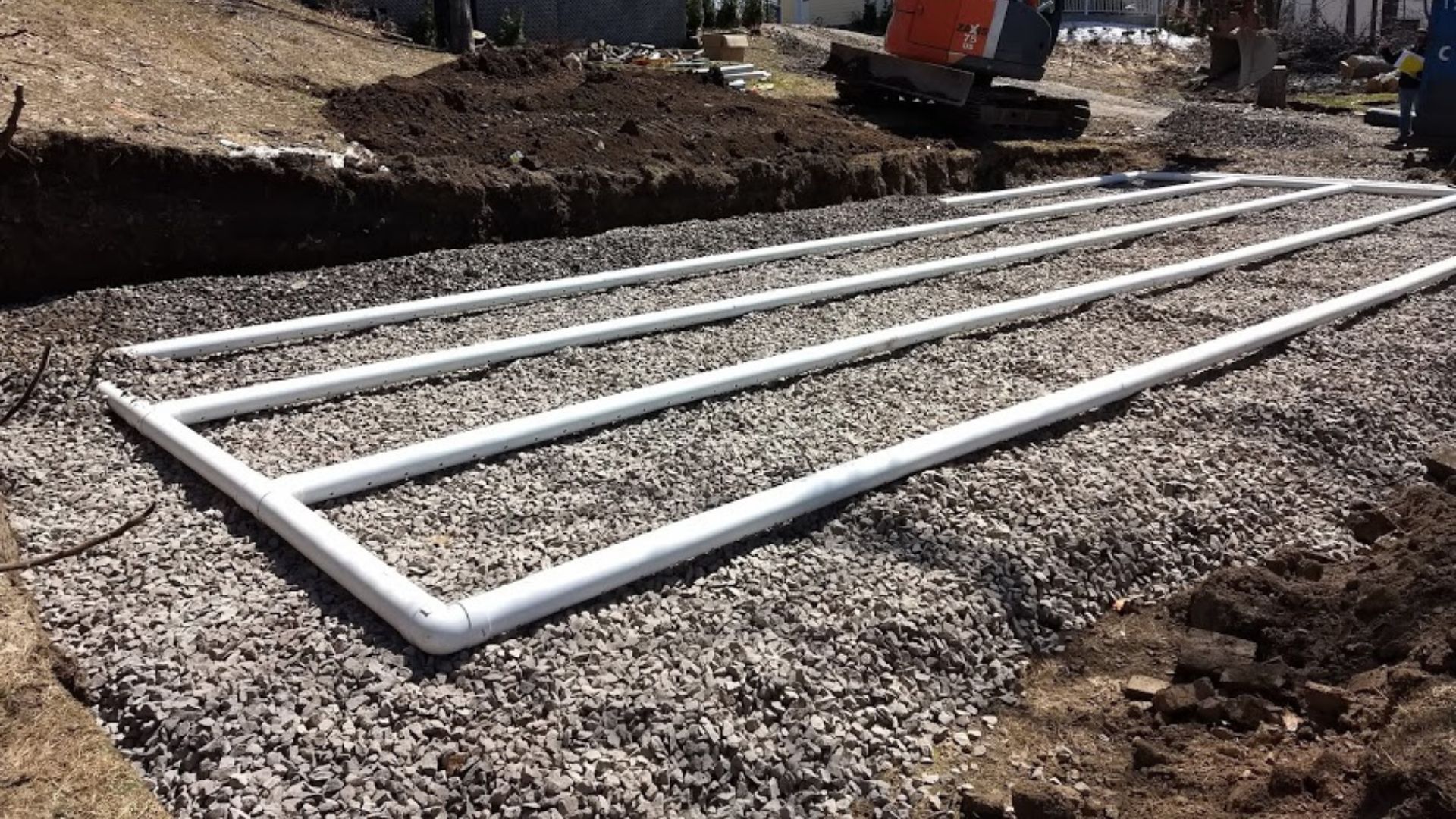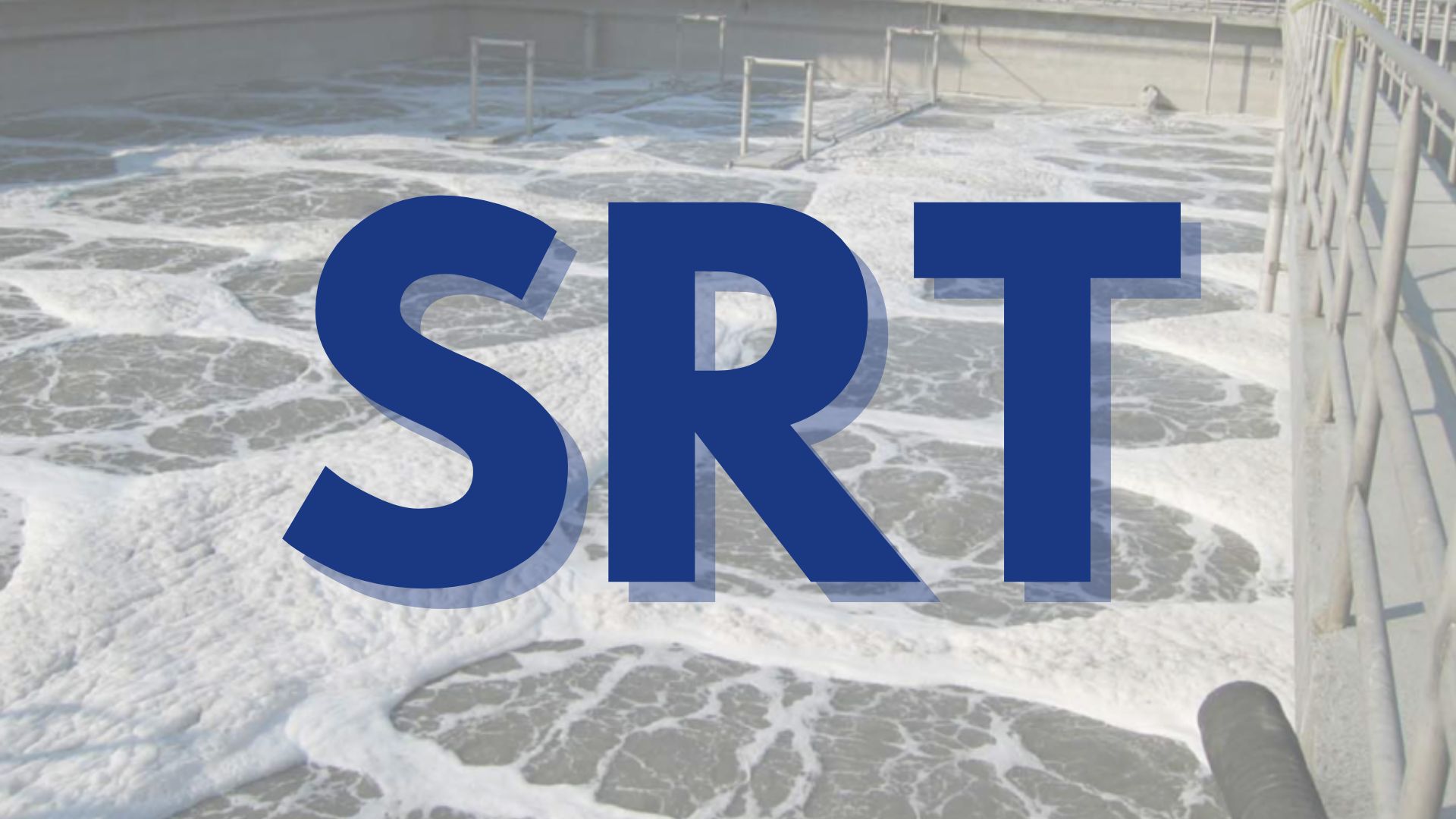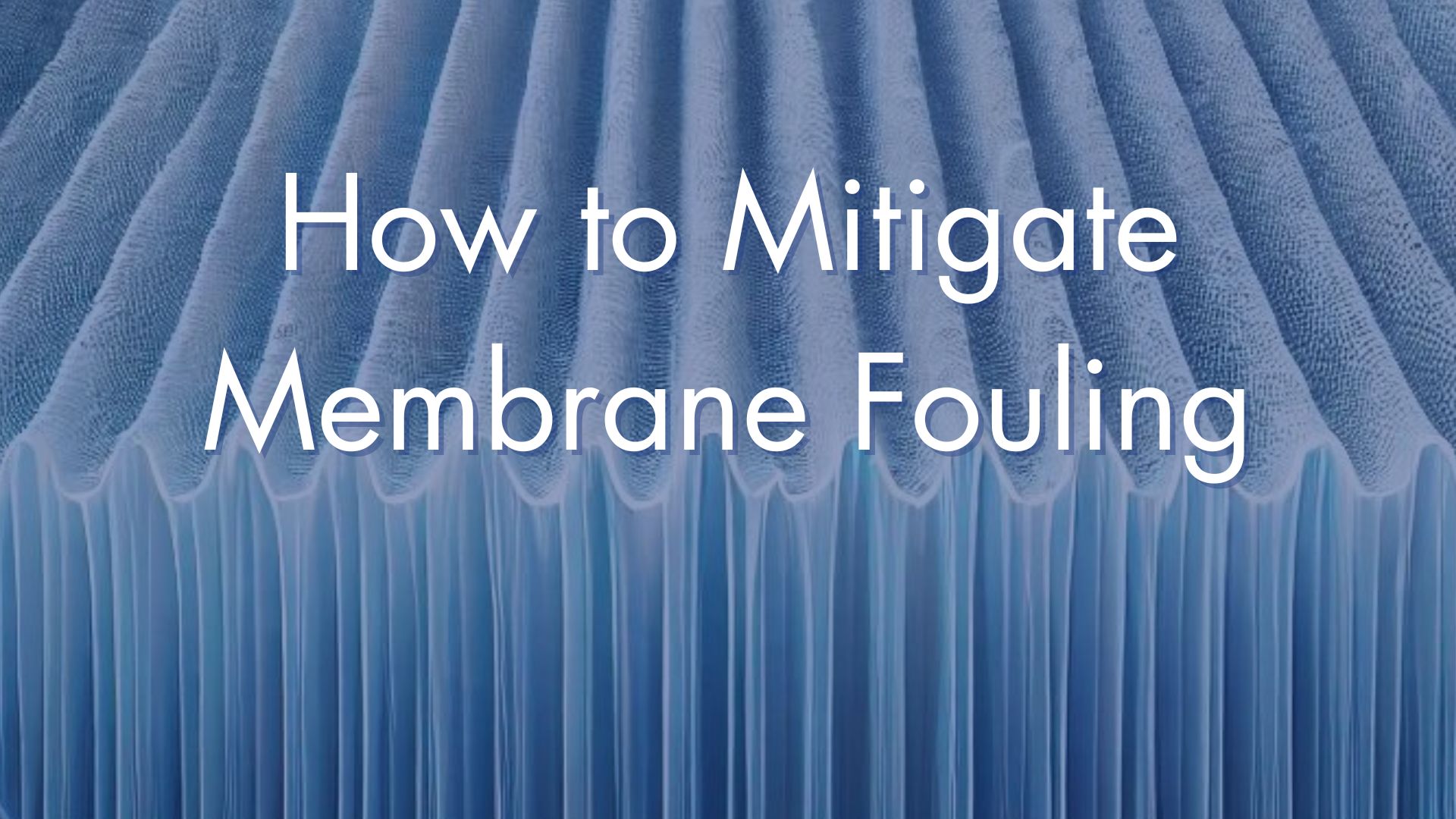When Rural Drip Systems Demand Modern Technological Investment

Rural communities are increasingly facing a complex challenge: managing rapid growth while grappling with outdated infrastructure. Often, rural communities far from major municipal areas rely on rural drip irrigation systems and subsurface irrigation to funnel effluent to drip fields. Over time, health and efficiency problems compound.
A recent news report out of Nashville conveyed how these areas struggle to accommodate development pressures without the necessary support systems in place, particularly in wastewater management. Both sprinkler irrigation and drip irrigation systems become focal points in addressing these challenges, especially considering the increased demand for water use and efficient irrigation methods.
We’re here to illuminate the limitations of traditional rural drip systems and contrast them with modern solutions like membrane bioreactor (MBR) technology. MBR offers a sustainable way to support expanding communities amidst these broader infrastructure realities, and creates better water management, optimizing water pressure, and minimizing water loss.
“Development is our main concern here right now,” Cedar Hill, Tenn., Mayor John Edwards told the news station.
For rural communities that are invested in expanding their residential and commercial spaces, efficient wastewater treatment is important.
Broader Infrastructure Realities Facing Rural Communities
Rural communities often struggle with outdated wastewater treatment systems that fail to meet the needs of growing populations and new developments. This lack of adequate infrastructure is exacerbated by limited public funding, which leaves these areas with aging systems that cannot be easily upgraded.
Without easy upgrades to wastewater infrastructure, economic development may stall.
Geographical barriers also play a significant role, as remote locations with challenging terrain make it difficult to construct and expand essential infrastructure. This is where a more scalable systems like subsurface irrigation and drip tape can offer a more expedient and cost-effective solution.
Moreover, any development must consider environmental impacts to prevent the degradation of rural landscapes, adding another layer of complexity to planning and implementation. Water management, water supply, and the efficient use of irrigation water are critical factors in ensuring sustainable growth, particularly when dealing with varied soil conditions and water sources.
Downsides of Rural Drip Systems as a Long-Term Investment
Rural drip systems, while useful for small-scale applications, face significant challenges when it comes to scalability and economic development.
A drip system typically involves the use of drip tubing to distribute wastewater evenly in the soil, allowing for efficient treatment and dispersal. This system is often controlled by pumps and timers to regulate the flow of effluent.
A drip field is an area where the effluent from a septic tank or a similar wastewater treatment system is dispersed into the soil through a series of pipes, trenches, or beds lined with gravel or coarse sand. The primary function of a drip field is to filter and treat effluent through biological and chemical processes as it percolates through the soil, eventually recharging groundwater.
As communities grow, these systems struggle to meet increased water demands, often requiring costly and extensive redesigns rather than simple expansions. Case in point: Cedar Hill, Tenn.
The maintenance of drip systems is labor-intensive and frequent. Regular and routine maintenance is necessary to prevent clogging over time.
Environmental impacts are a direct concern to drip system efficiency; there’s a risk of groundwater contamination if systems are not maintained properly, particularly in ecologically sensitive areas. The dependency on specific soil conditions for optimal performance further complicates their effectiveness, making them a less viable option for diverse geographic regions. The challenge of managing water flow and pressure can lead to inefficiencies, water loss, and decreased crop yield, particularly in areas with varied terrain.
Advantages of MBR Technology for Rural Communities
MBR technology offers several advantages that make it a superior alternative to rural drip systems.
Its scalability allows for straightforward expansion by adding modules to accommodate increased wastewater volumes, facilitating community growth without the need for extensive infrastructure overhaul.
MBR systems require less frequent maintenance due to their automated processes, significantly reducing labor costs and downtime. They also provide higher quality effluent, minimizing the risk of environmental contamination. Unlike drip systems, MBR technology is not dependent on soil conditions, ensuring consistent performance across different geographic areas.
Additionally, the modular nature of MBR systems makes them more cost-effective when it comes to expansion, as capacity increases generally involve simple additions or upgrades to existing components. If a small community is planning to grow, MBR systems can handle increased wastewater volumes simply by adding more membrane modules within the existing setup. This allows for efficient scaling up to meet growing demands without the need for extensive additional space.
Lastly, as a meaningful counterpoint, MBR systems are inherently modular, meaning components can be added or reconfigured as needed without significant disruptions to the overall system operation. This flexibility makes them ideal for phased development projects or areas with fluctuating population sizes.
Conclusion
The matter of residential and commercial development in rural communities is an important and complex topic in the U.S. Growth will continue–perhaps not everywhere, but in many communities–and this is not sustainable without efficient wastewater treatment options.
The U.S. EPA has gone so far as to prescribe goals for rural community growth: “Planning where development should or should not go can help a rural community encourage growth in town, where businesses can thrive on a walkable main street and families can live close to their daily destinations.”
Large-scale drip systems and traditional methods like soaker hoses and sprinkler systems are incapable of managing the development stresses of achieving that sort of broad-based goal. New technology will play a role, and MBR systems are on the vanguard of that solution for communities across the U.S.
Want to learn more? Read some of our recent articles:
Sign up for the Integrated Water Services newsletter below. We share important perspectives and news on MBR wastewater treatment every two weeks.
Want to learn more? Read some of our similar articles:
Sign up for the Integrated Water Services newsletter.
We share important perspectives and news on MBR wastewater treatment every two weeks.


